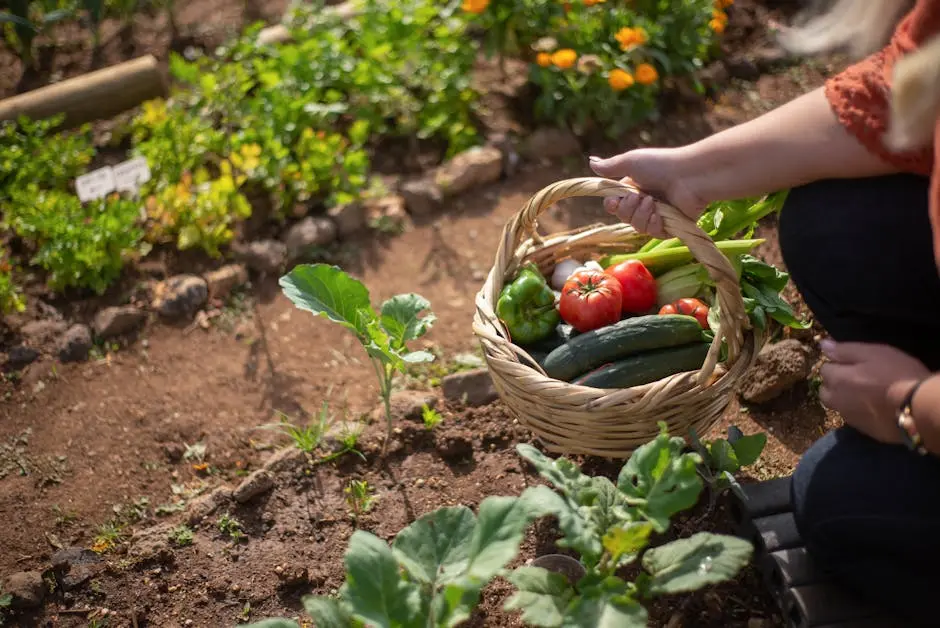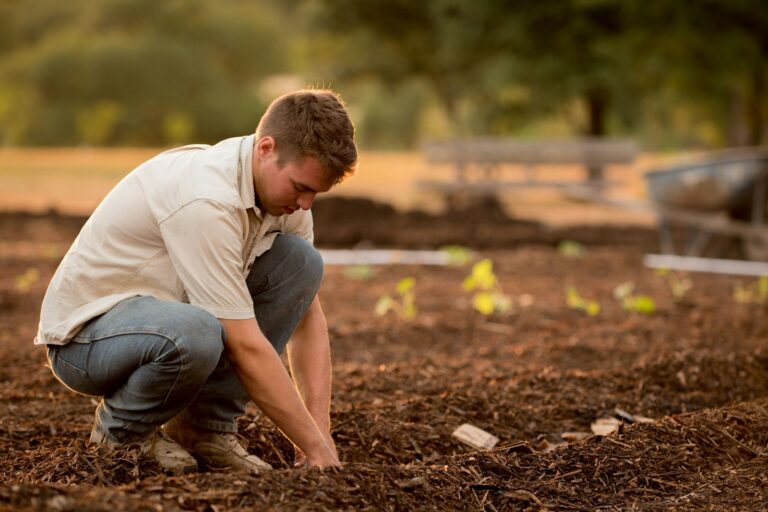How to Plan Your Garden Calendar for Year-Round Harvest
Planning a garden that produces fresh fruits and vegetables throughout the year can seem challenging, but with the right approach, it becomes manageable and rewarding. Your garden calendar acts as a guide to help you organize planting, maintenance, and harvesting activities according to each season.
A well-planned garden calendar lets you enjoy a steady supply of fresh produce by scheduling what to plant and when to harvest. This approach keeps your garden productive, no matter the time of year, and helps you make the most of your space and local climate.
Assess Your Growing Zone and Climate
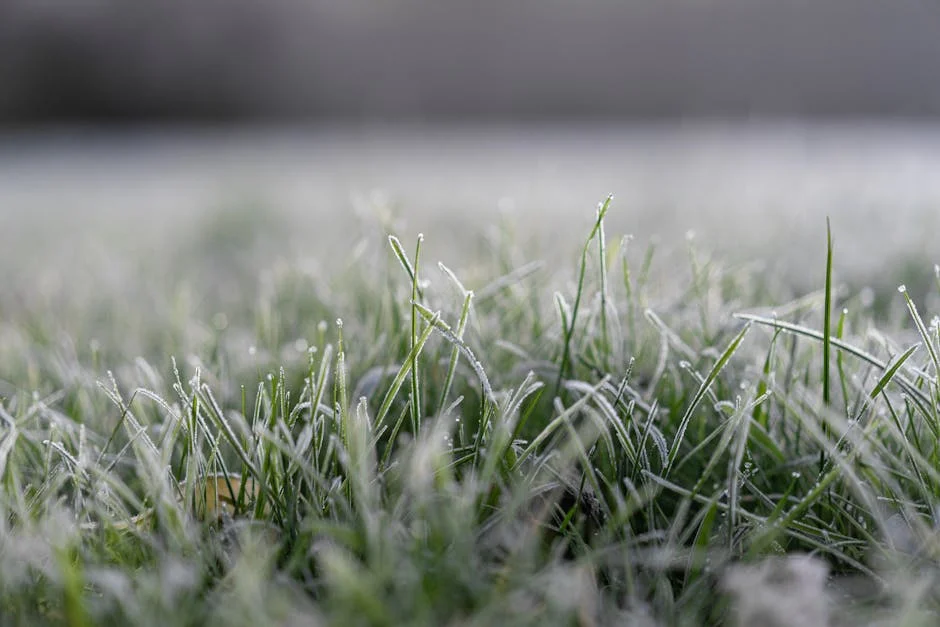
Start by identifying your USDA Plant Hardiness Zone. This helps you know which plants are most likely to thrive in your area.
Your growing zone also guides when to start seeds and transplant outdoors. Use local frost dates to plan around the last spring frost and first fall frost.
Consider microclimates in your garden, like sunny spots or sheltered areas. These small differences can affect planting times and what crops grow best.
Knowing your zone and climate sets a reliable foundation for year-round harvesting. It makes your gardening efforts more rewarding and less guesswork.
Map Your Garden into Distinct Growing Zones
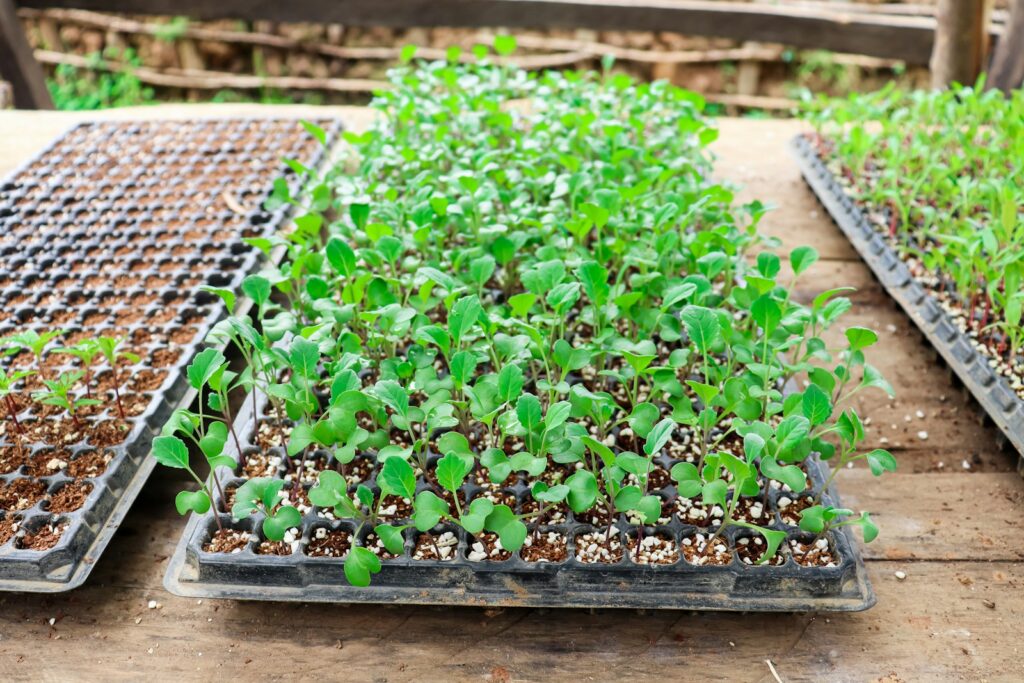
Start by dividing your garden into smaller sections based on sunlight, soil type, and moisture. This helps you organize where each crop will grow best throughout the year.
Consider how different plants have unique needs. Group those that prefer full sun separately from shade-loving varieties.
Assign zones for early, mid, and late-season crops. This makes planning your plantings and harvests easier and keeps your garden productive all year.
You can also use raised beds or containers to create zones with different soil conditions. Mapping your garden this way sets a clear path for managing growth efficiently.
Choose Crops Based on Season and Climate

You’ll want to select crops that match your local climate and the time of year. Warm-season plants like tomatoes and peppers thrive in hot months. Cool-season crops such as lettuce and broccoli do better when temperatures are mild or cool.
Understanding your USDA hardiness zone can help you know when to plant each crop. This guides you in choosing varieties that will grow well through your frost dates and seasonal weather.
Think about staggering crop maturity dates to keep your garden productive for longer. By planning with your climate in mind, you can enjoy fresh harvests almost all year.
Create a Month-by-Month Planting Schedule

Start by noting your last spring frost date. This date helps you know when to begin planting seeds safely outdoors.
Break down your garden tasks month by month. Include planting, pruning, and harvesting to stay organized throughout the year.
Think about which crops grow best in each season. Cool-season veggies thrive in early spring and fall, while warm-season crops do well in summer.
Keep your schedule flexible. Weather changes can affect planting times, so adjust your calendar as needed to protect your plants.
Using a clear monthly plan helps you manage your garden without feeling overwhelmed, making year-round harvests more achievable.
Use Succession Planting for Continuous Harvest
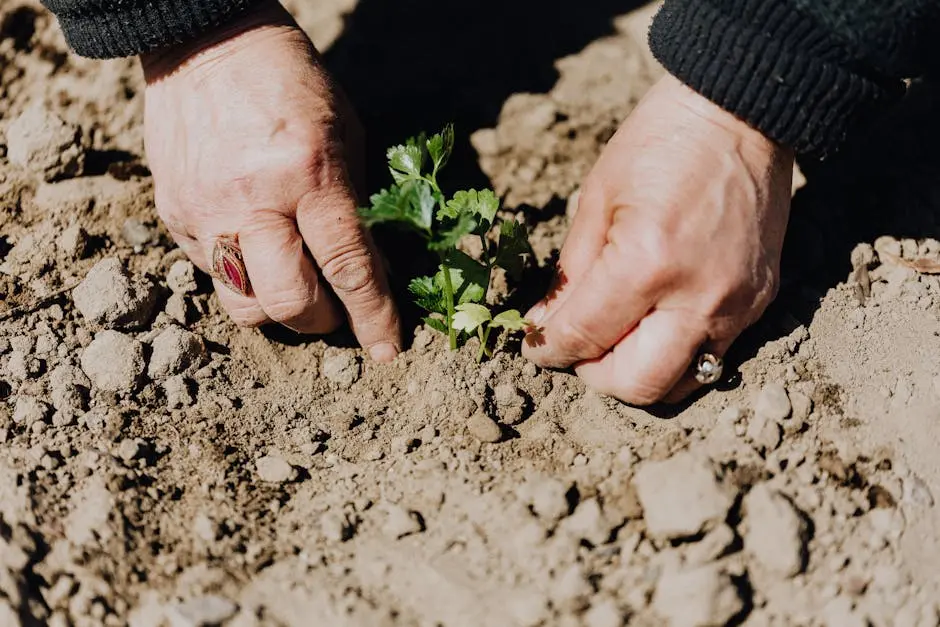
Succession planting means staggering your crop plantings instead of sowing everything at once. This allows you to enjoy fresh produce over a longer period rather than all at once.
You can space out planting seeds or seedlings every few weeks. This technique works well for vegetables like lettuce, carrots, and radishes.
By planning your garden calendar with succession planting, you avoid gaps in your harvest. It also helps you manage space efficiently and reduce waste from surplus crops.
Incorporate Crop Rotation to Maintain Soil Health
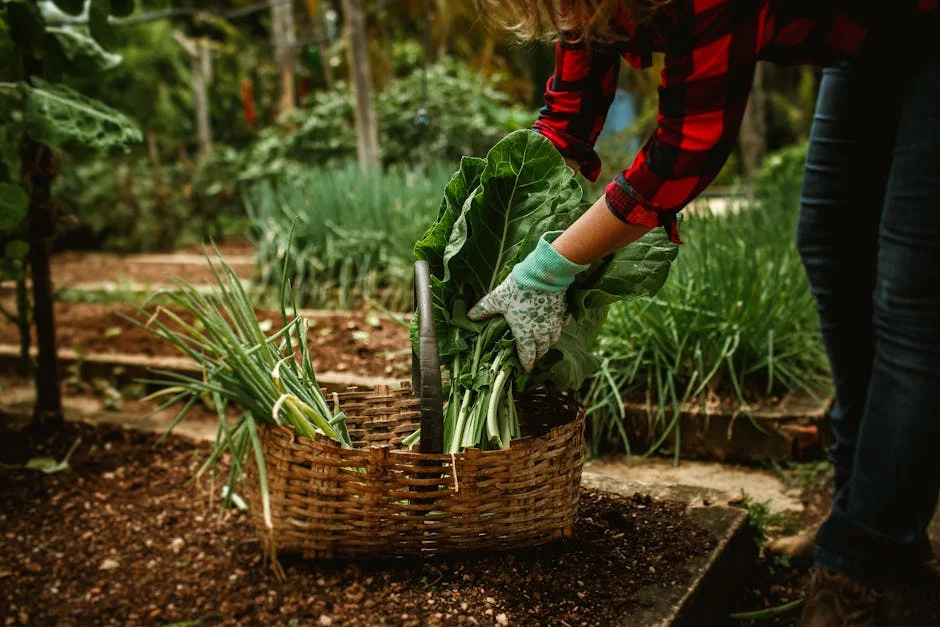
To keep your garden soil healthy, practicing crop rotation is key. By changing what you plant in each bed every season, you prevent pests and diseases from building up.
Rotating crops also helps balance soil nutrients. For example, planting legumes after heavy feeders adds nitrogen back into the soil naturally.
This simple habit reduces the need for chemical fertilizers and keeps your garden thriving. It’s a gentle way to care for your soil and support strong, productive plants throughout the year.
Start Seeds Indoors for Early Spring Crops
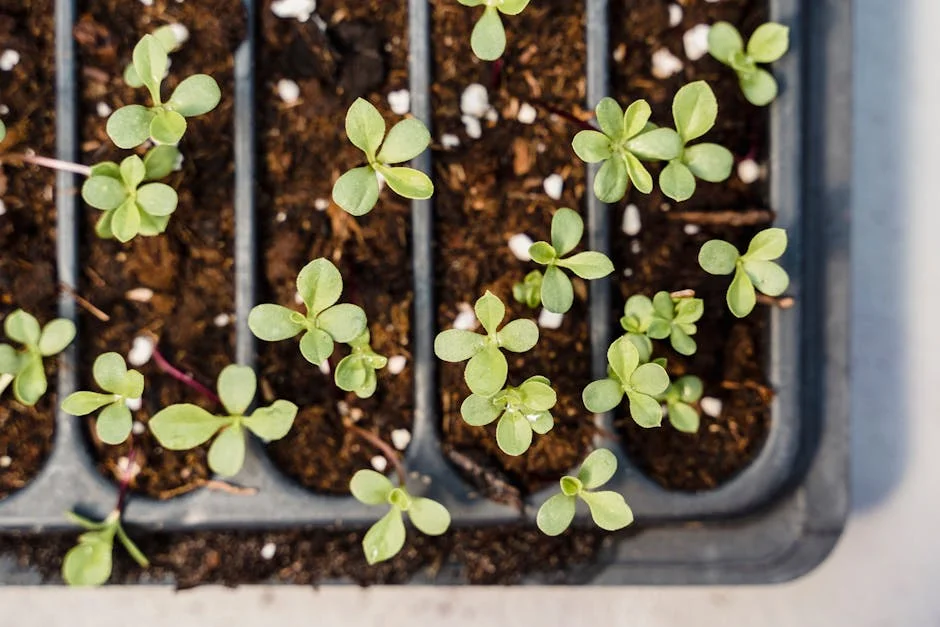
Starting seeds indoors lets you get a head start on your garden before the outdoor growing season begins. You can grow cool-season crops like lettuce, spinach, and broccoli early, giving you fresh produce sooner.
You’ll need a warm, well-lit spot and seed trays or containers filled with seed-starting mix. Keep the soil moist but not soggy to help seedlings thrive.
Timing is key: start your seeds indoors about 6-8 weeks before your area’s last expected frost date. This ensures your young plants are strong and ready to transplant outdoors when the weather warms up.
By starting seeds inside, you expand your planting options and can avoid buying costly transplants. It also lets you control growing conditions for healthier plants.
Implement Season-Extending Techniques like Row Covers

You can protect your plants from cold weather by using row covers. These lightweight fabrics create a barrier against frost while still allowing air and moisture to pass through.
Row covers are flexible and can be combined with other tools like cold frames or low tunnels. This helps you start planting earlier in spring and keep harvesting later in fall.
Different materials work for different seasons. Use plastic covers in colder months for heat retention, and fabric covers during warmer months for better ventilation. These simple steps can help you get more from your garden throughout the year.
Plan for Autumn Sowing and Overwintering Crops
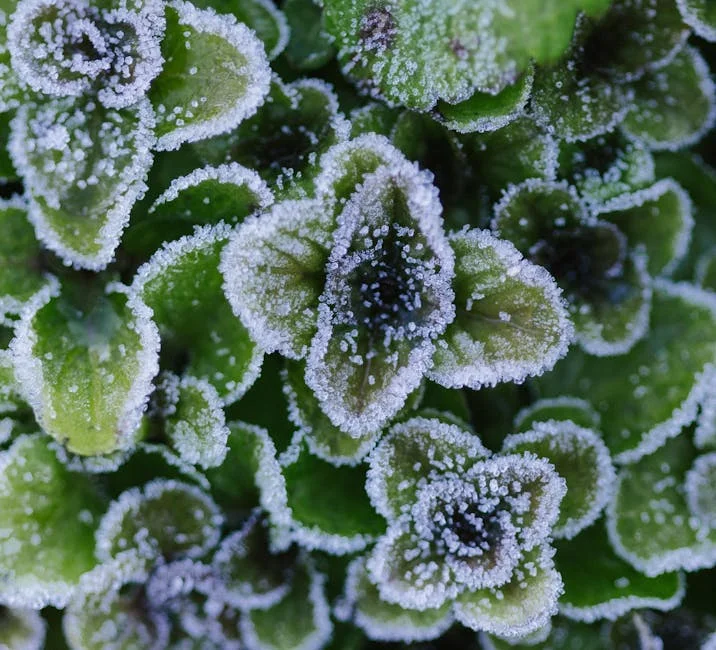
As the days get shorter and temperatures start to drop, it’s time to focus on autumn sowing. You can plant cold-resistant vegetables like kale, Brussels sprouts, and hardy herbs. These crops will grow well in cooler weather and can often survive frost.
Using season extension tools such as cold frames or frost protection fabric can help your plants through the colder months. This way, you’ll enjoy fresh produce even in winter.
Start preparing your soil now and sow seeds for overwintering crops. With a little planning, your garden will stay productive well past summer’s end.
Keep Detailed Records of Planting and Harvest Dates
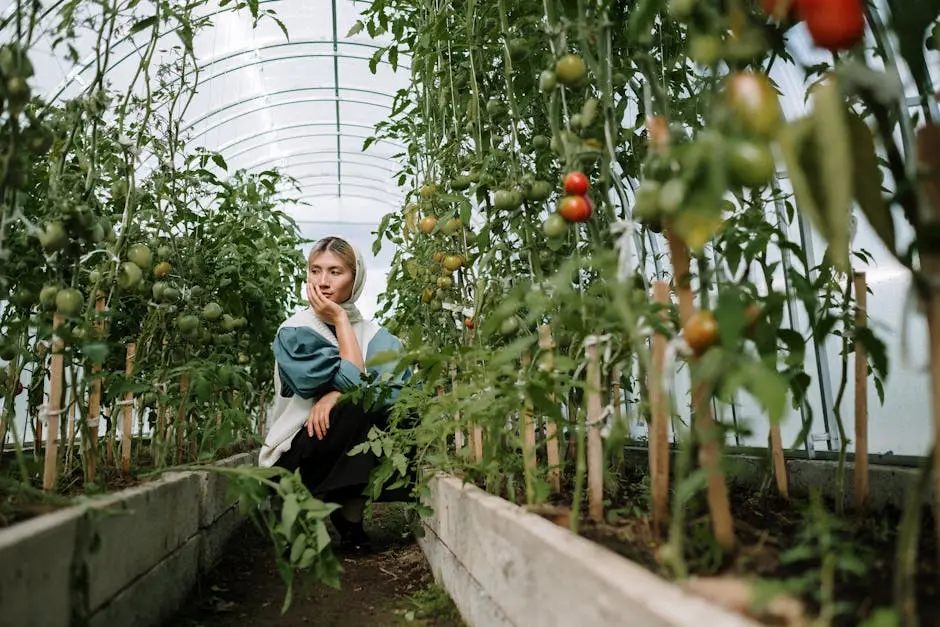
Tracking when you plant and harvest each crop helps you understand your garden’s rhythm. You can see which varieties perform best and when yields peak.
Write down the exact dates for planting seeds or seedlings and when you pick your harvest. This information guides your timing for future seasons.
Include notes on weather conditions and any challenges like pests or diseases. These details help you adjust care and improve results each year.

